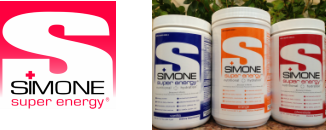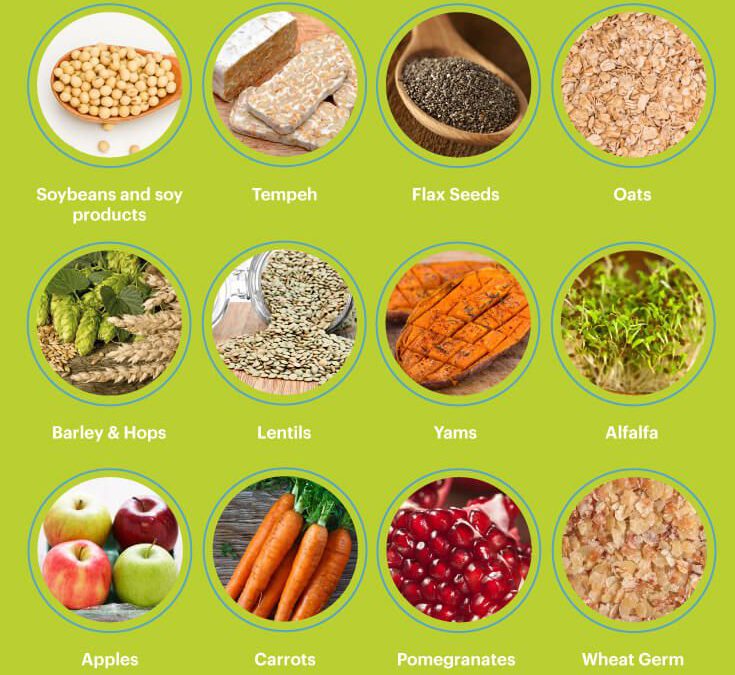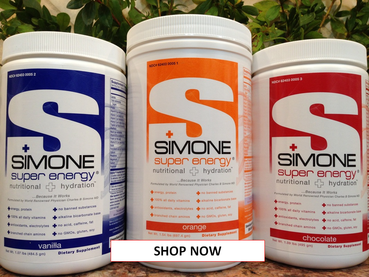4/24/2015
We do not diagnose disease or recommend a dietary supplement for the treatment of disease. You should share this information with your physician who can determine what nutrition, disease and injury treatment regimen is best for you. You can search this site or the web for topics of interest that I may have written (use Dr Simone and topic).
“We provide truthful information without emotion or influence from the medical establishment, pharmaceutical industry, national organizations, special interest groups or government agencies.” Charles B Simone, M.MS., M.D.
PHYTOESTROGENS, A CONCERN FOR ALL, INCLUDING ATHLETES
Lawrenceville, NJ (Dr Charles B. Simone) – (excerpts from The Truth About Breast Health – Breast Cancer and Nutritional Hydration).
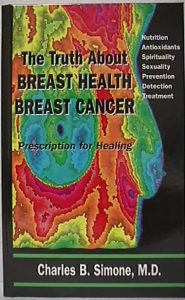
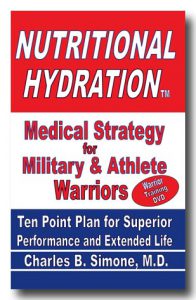
The belief that soy, a bean containing phytoestrogens, protects against breast cancer originates in the fact that older Japanese women have a lower incidence of breast cancer than older American women. However, this lower incidence of breast cancer is not because of soy, but because of their better overall lifestyle: a low-fat diet that includes soy but little or no red meat or dairy foods, less obesity, little or no smoking and alcohol, exercise, stress modification and other healthy habits.
Soy has two phytoestrogens – genistein and daidzem. They were initially thought to be weak estrogens because they bound weakly to the alpha Estrogen Receptor. Now, however, it is known that they have strong estrogen capability because they bind strongly to the beta Estrogen Receptor. Animal studies have demonstrated that soy can stimulate the growth of estrogen receptor positive breast cancer cells implanted into nude mice and increase DNA synthesis which represents a marker for increased cancer risk.
In animal experiments, ovaries were removed from rats so that a minimal amount of estrogen was made. Phytoestrogens were then given to them for 30 days. A decreased blood level of luteinizing hormone (LH) was found indicating high circulating levels of estrogens were present. Since the rats had no ovaries and could not produce their own estrogen, the drop in LH could only have resulted from the phytoestrogens given to the rats. Additionally, the uterus of each rat got larger from the phytoestrogens as it would to any estrogens.
A growing body of evidence suggests that phytoestrogens are not safe because they bind estrogen receptors in exactly the same way as estrogens made by the body.
-
Soy – tofu, tofutti, tempeh
-
extracts of Titex
-
Dong Quai
-
American Ginseng
-
Black Cohosh
-
Chia
-
Turmeric
-
Borage oil
-
Flaxseed oil
-
Krill oil
-
Tea Tree oil
-
Cinnamon
-
Yams
-
Pomegranates
-
Lentils
-
Oats
-
Coffee
-
Barley, Hops, Beer, Bourban
-
Sesame seeds
-
Red Clover
-
Jasmine oil
-
Chamomile
-
Apples
-
Carrots
Phytoestrogens have the same effect as estrogens produced by the body.
Don’t consume phytoestrogens (unless you have prostate cancer), and don’t use shampoos that contain them.
High estrogen can lower sperm counts. Some athletes don’t like to take estrogen compounds because studies show that testosterone is needed for muscle strength (excerpt from Nutritional Hydration).
© 2017 Charles B. Simone, M.MS., M.D.
